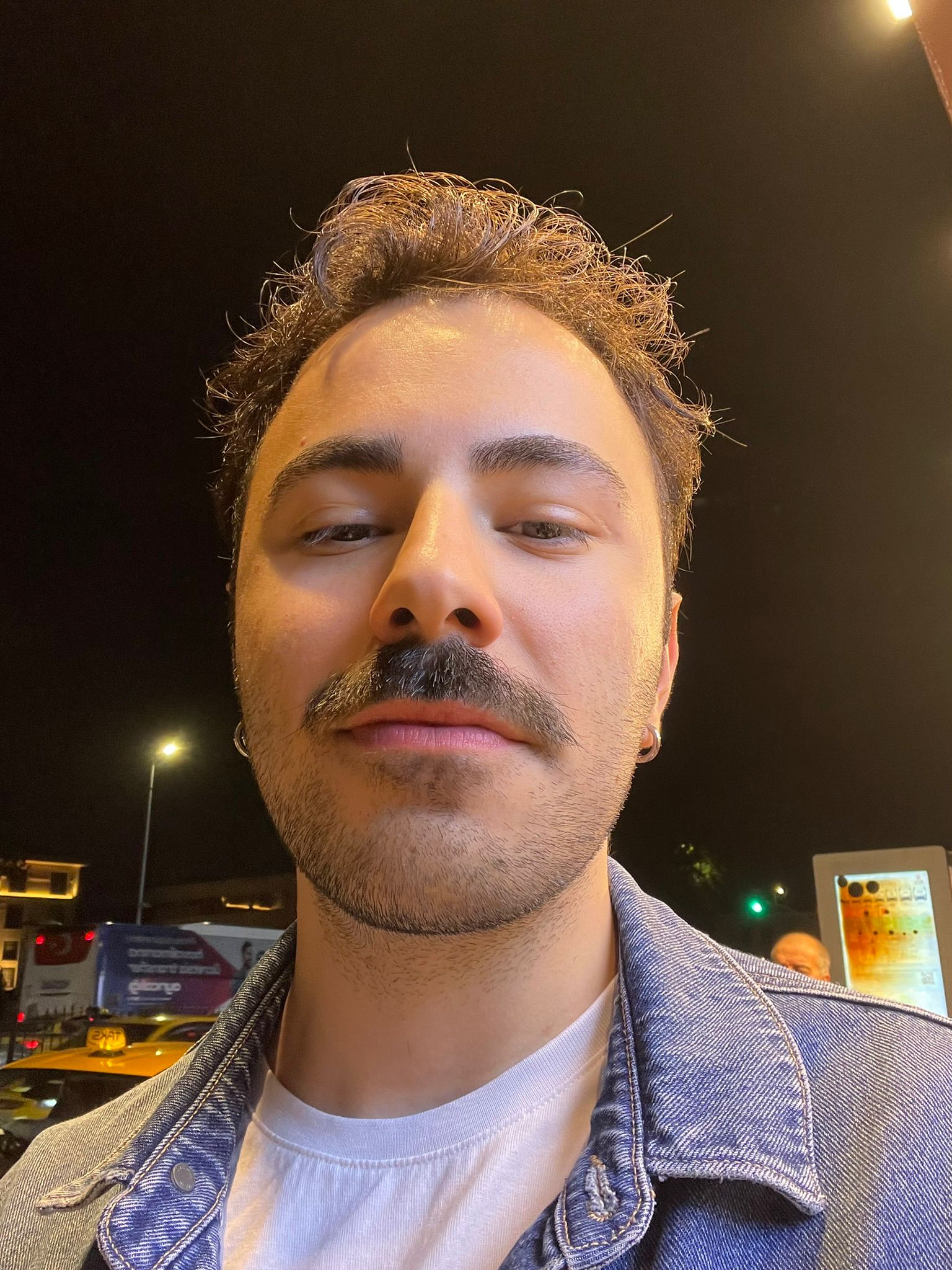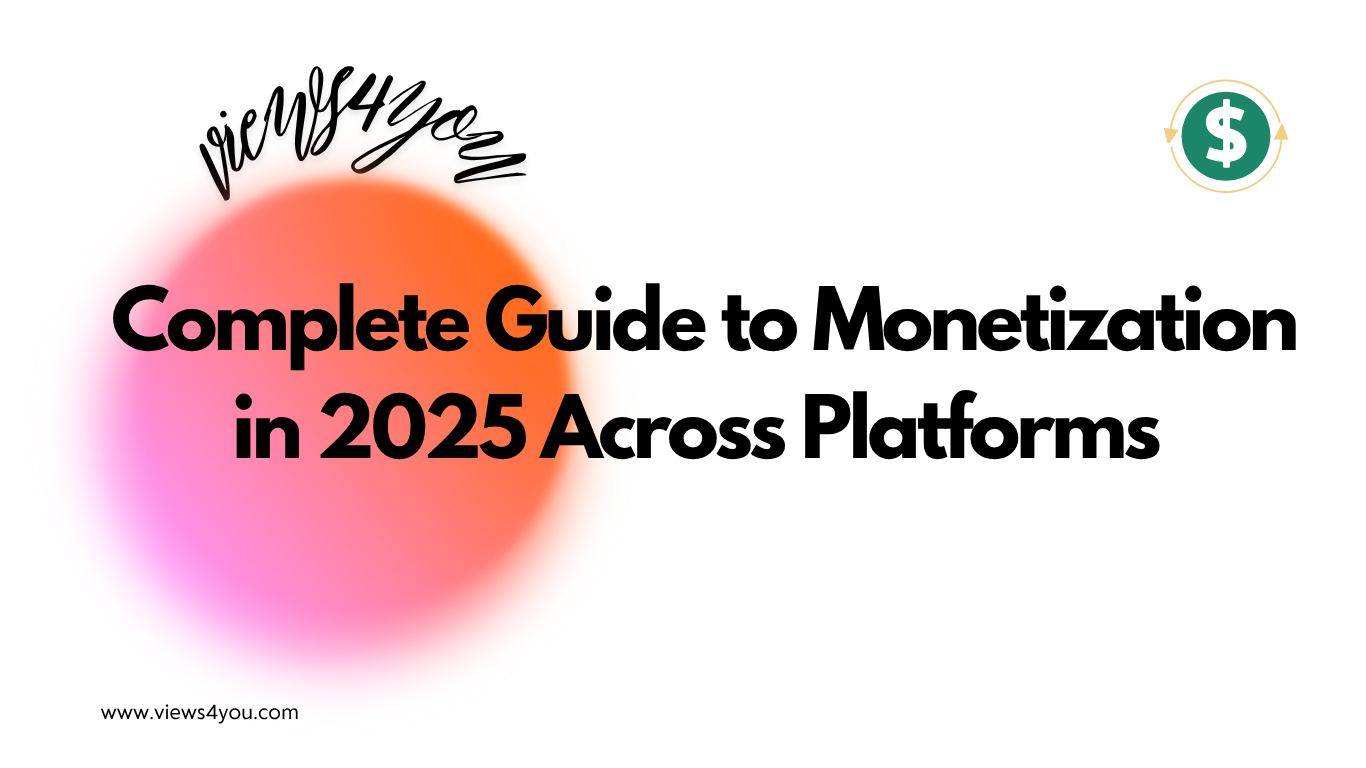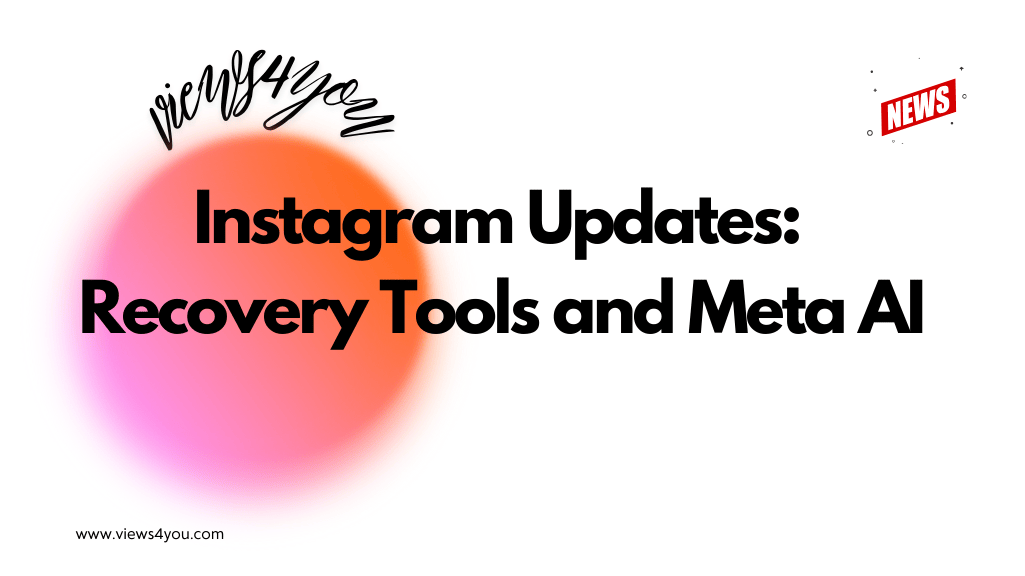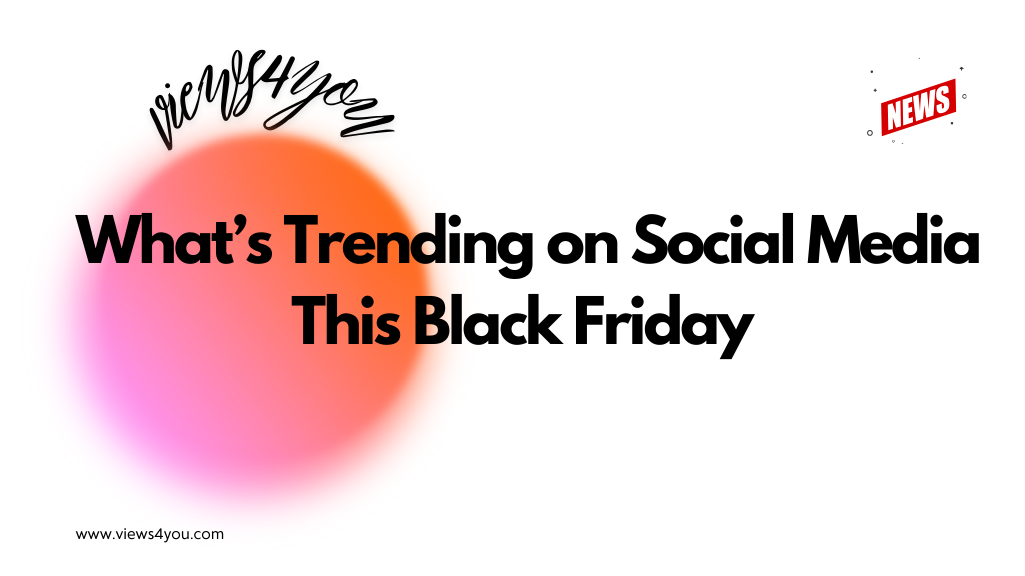To share stories online without oversharing, focus on the lesson rather than the raw emotion, avoid naming others without consent, and wait until you’ve processed the experience. Ask yourself why you’re posting and who it serves. Thoughtful timing and boundaries help you stay authentic without feeling exposed later.
I’ve witnessed it repeatedly. An honest, emotional, and heartfelt story is posted by someone, and it briefly draws attention. Then there was quiet. Or worse, retaliation. The story crossed an invisible line, becoming too much, too soon, for too many, not because it wasn’t valuable.
If you’re here, you’re probably asking, How do I tell my story online without feeling exposed later? That’s the real question behind the search, and it deserves more than a few bullet points. Let’s dig in.
What Oversharing Really Means?
The length of your post or how sentimental it becomes are not factors in oversharing. It all comes down to purpose, audience, and context.
It can feel safe, even intimate, to share something very personal with a friend over coffee. However, the dynamics shift when the same story is shared online with hundreds or thousands of people. Vulnerability becomes exposure in the absence of shared trust and context.
When you post something that makes you feel good at the time but uneasy later, you are oversharing. It can be as risky as disclosing your present location or as subtle as naming someone without their permission.
Why We Feel Pulled to Share Too Much?
You may not want to give too much away. However, social media sites are designed to blur boundaries. The notion that your story is worthy is reinforced by each “like,” “comment,” and “send,” but only if you share enough of it.
I’ve noticed that people often overshare for one of three reasons:
- They want to feel heard. When life gets overwhelming, posting online feels like relief.
- They want validation. Vulnerable posts often get higher engagement. The algorithm loves it.
- They misjudge the setting. You think you’re sharing with friends, but you’re actually speaking to an invisible crowd—one that includes coworkers, acquaintances, and strangers.
And in the moment, it might feel like the right thing to do. But later? You might wish you hadn’t.
The Subtle Risks That Come with Oversharing
You already know not to post your address or credit card number. But oversharing often shows up in quieter, more damaging ways.
Have you ever vented about a relationship, then patched things up the next week? That post is still out there. Or maybe you shared about a trauma you were still processing—and suddenly everyone expected more updates, or worse, offered unhelpful advice.
Here’s what’s at stake when you share too much:
- Digital permanence. Even if you delete a post, screenshots can keep it alive.
- Reputation drift. What feels like honesty to you might read as unprofessional to someone hiring—or dating—you.
- Relational strain. Sharing details about others (even indirectly) without consent can backfire fast.
- Emotional hangover. You might feel exposed, regretful, or misunderstood after the moment has passed.
None of this means you should go silent. It just means you need a framework.
How I Learned to Share with Intention, Not Impulse
I still tell stories online. But now I follow a personal filter, one that’s helped me keep my voice while protecting my privacy.
Here’s what I ask myself before I post:
- Why am I sharing this? If the answer is purely emotional release, I journal it first.
- Who am I sharing it with? If I wouldn’t say it aloud to everyone in my followers list, I rethink.
- Have I processed this yet? Stories need perspective. If I’m still raw, I wait.
- Does this involve someone else’s story? If so, I either ask permission or omit it.
The best posts I’ve ever written were the ones I held onto for a little while, long enough to be clear, grounded, and generous. Not just cathartic.
Turning Your Experience Into a Story That Serves Others
The most powerful stories aren’t play-by-plays of your hardest day. They’re reflections of what you’ve learned from that day. They’re crafted, not dumped. And yes, there’s a difference.
Instead of posting: “I cried myself to sleep again. I don’t know how I’m going to make it through this week.”
Try: “There were days when I didn’t think I’d get through the week. Now I’m learning how to rest, ask for help, and lower the bar when I need to.”
See what just happened? The second version tells the truth without spilling the wound. It turns pain into perspective—and that’s the kind of story that connects, not just reacts.
Creating Personal Boundaries Around Your Online Life
I don’t believe in sharing everything. I believe in choosing what I share—and keeping some parts of life sacred.
Here are a few boundaries I live by:
- No real-time vulnerability. I wait until I’ve processed it offline.
- My close relationships are off-limits. I don’t post about people without their consent.
- I don’t owe anyone my story. If I skip sharing something, I don’t apologize for it.
- My story is mine to shape. Not everything needs to be told right now, or ever.
You don’t have to post to be valid. And you definitely don’t have to post everything to be “real.”
Tools That Help Me Stay Grounded Before I Post
Sometimes I still feel the pull to overshare. When that happens, I use tools that add friction—just enough to remind me to pause.
- Notes app journaling. I write out what I want to post—but I don’t publish it. I revisit it later with a clearer head.
- Scheduled posting tools. Platforms give me a 12-hour window to review content before it goes live.
- Private story settings. I use “Close Friends” on Instagram for more personal content—only when it serves a purpose.
- Reminders app. I have a recurring reminder: “Is this story for the public, or for me?”
The goal isn’t to silence yourself. It’s to create a version of storytelling that’s wise, paced, and sustainable.
Real Examples of Sharing That Inspire without Oversharing
When I think about people who tell stories well online, they all have one thing in common: restraint. Not in the sense of hiding—but in the way they leave room for interpretation, healing, and privacy.
For instance, someone might post: “The last few months taught me the value of slowing down. Burnout forced me to reconsider how I work—and why I need rest. Here’s what I’m changing.”
No drama. Just clarity, ownership, and value for the reader. That’s the kind of post that makes me stop scrolling.
FAQs
How do I know when I’ve crossed the line into oversharing?
If you feel anxious after posting or check for reactions obsessively, it might be a sign you weren’t ready to share. Oversharing often feels like relief in the moment, but regret soon follows.
Is it okay to share about mental health struggles online?
Yes, but timing and framing matter. Share when you’ve gained some insight or stability, and focus on what might help others rather than just venting.
Can I be authentic without being fully transparent?
Absolutely. Authenticity means being honest, not necessarily being open about everything. You can be real and still keep boundaries.
What should I never share on social media, even in a story?
Avoid sharing real-time location, private details of others, legal issues, financial data, or anything you wouldn’t want resurfacing in five years.
How can I test if a story is safe to post?
Read it aloud to yourself. Would you feel okay saying it to a group of strangers at a conference? If not, reconsider the format, timing, or content.









